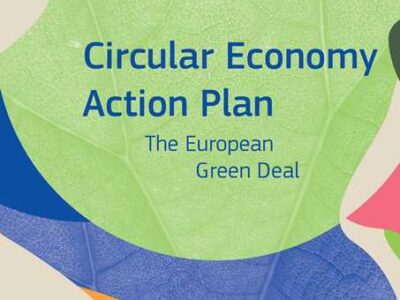The Circular Economy Action Plan II
The EU’s Circular Economy Action Plan ‘For a cleaner and more competitive Europe’, adopted in March 2020, plays a key role in delivering the European Green Deal’s ambitious vision of a just, climate-neutral, resource-efficient, and competitive economy.
With the EU Circular Economy Action Plan, and its implementing legislative initiatives, the will :
- promote Ecodesign, towards making sustainable products the norm in the EU;
- boost circular business models in priority value chains, like textiles and construction;
- help substantiate green claims made by companies, fight planned product obsolescence and promote the right to repair
- set high standards on responsible business conduct and due diligence for EU companies and their global supply chain,s
just to refer to few of the most recent legislative proposals put forward by the European Commission.
The implementation of the EU Circular Economy Action Plan (CEAP) – a major building block of the European Green Deal– puts forward legislative initiatives to move to a truly circular economy. CEAP includes a strong international dimension.
These measures aim at catalysing new ways of doing business, different patterns of consumption, and better technologies for saving resources and recycling of secondary materials, products that are durable and repairable with citizens who care and consider their choices.
These policy proposals will encourage businesses operating in the European market to offer – and allow consumers to choose – reusable, durable and repairable products, and deploy new business models.
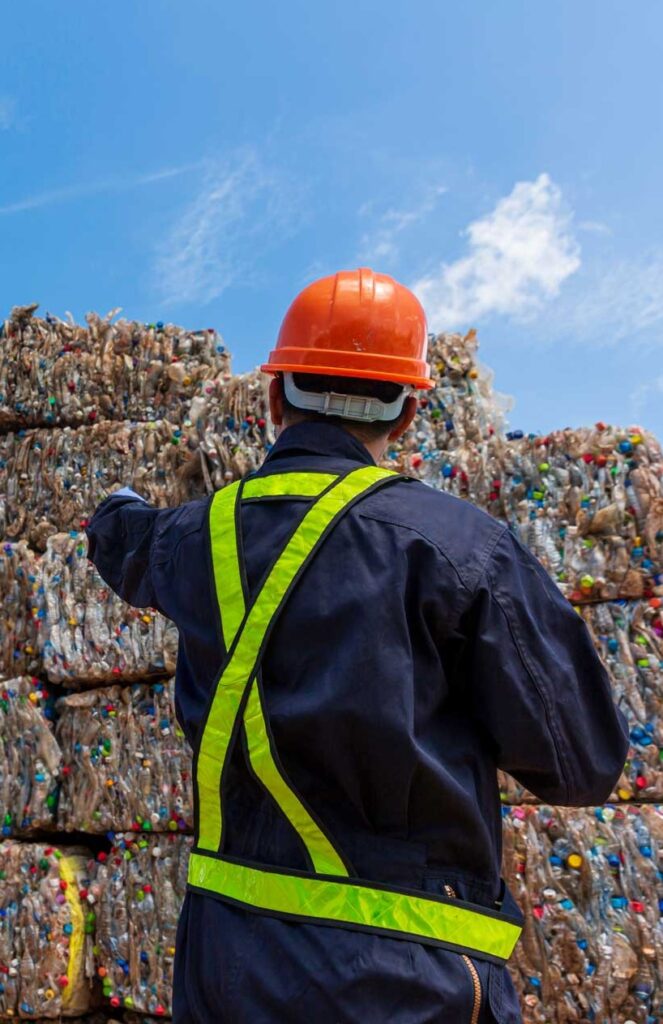
CEAP puts emphasis on priority value chains, many of which are important to partner countries, such as food, electronics, textiles, construction and buildings. These value chains often span the globe and, therefore, Europe’s Circular Economy Action Plan is highly relevant to guide EU international cooperation and to open up opportunities for collaboration between European and partner country businesses.
The regulations also introduce requirements, which will apply to most products manufactured and/or consumed in the EU, with important economic and technical implications for businesses that rely on the EU as a key import/export market – impacting value chains globally as all products placed on the EU market will be affected.

Objectives of the Circular Economy Action Plan
Measures that will be introduced under the Action Plan aim to
- make sustainable products the norm in the EU
- empower consumers to make informed choices
- focus on the sectors that use most resources and where the potential for circularity is high such as: electronics and ICT, batteries and vehicles, packaging, plastics, textiles, construction and buildings, food, water and nutrients
- ensure less waste
- make circularity work for people, regions and cities
- lead global efforts on circular economy
Focus of the Circular Economy Action Panl
The CEAP II announces initiatives along the entire life cycle of products. It targets how products are designed, promotes circular economy processes, encourages sustainable consumption, and aims to ensure that waste is prevented and the resources used are kept in the economy for as long as possible. It introduces legislative and non-legislative measures targeting areas where action at the EU level brings real added value.
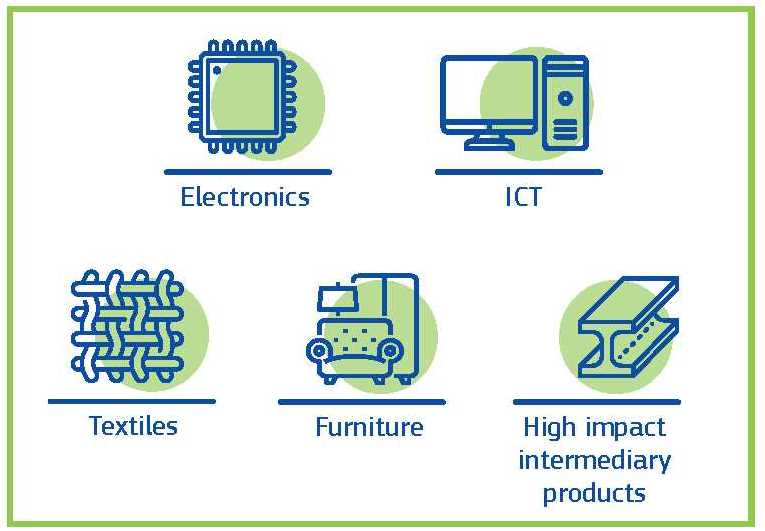
The international dimension of the Circular Economy Action Plan supports:
Achieving Climate neutrality by 2050

Decoupling economic growth from resource use
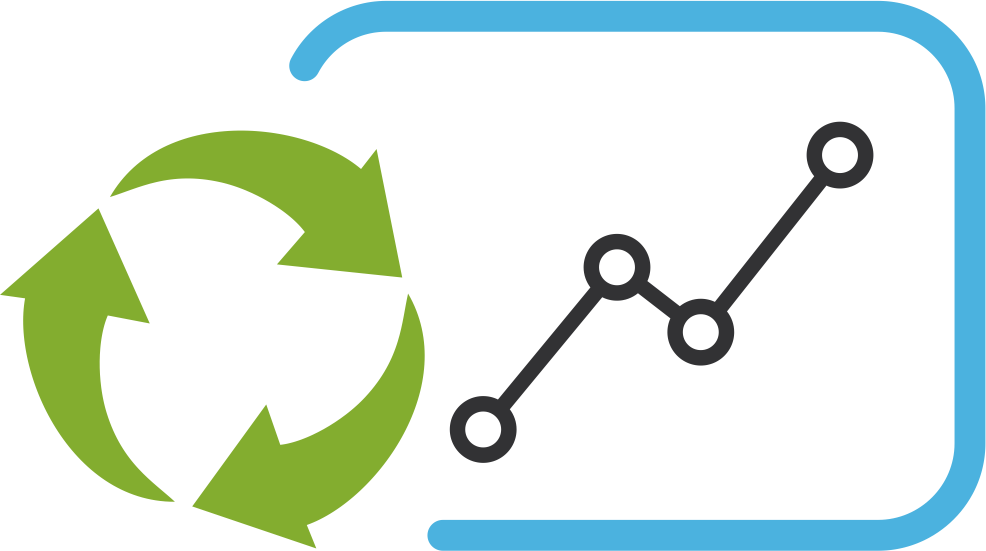
Keeping resource use within planetary boundaries

Setting global standard in product sustainability

Promoting job creation inside and out the EU

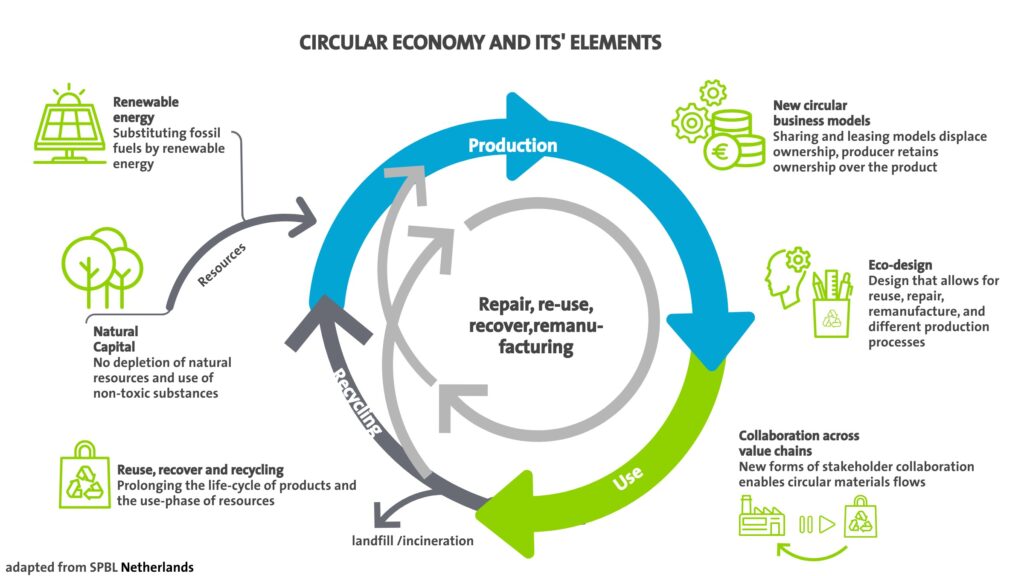
Opportunities of a Circular Economy
As the world’s largest single market, the EU can help realise the opportunities of the global circular economy, for example, by setting standands for product sustanability all along international value chains.
Developing countries stand to profit from the transition to the circular economy, through economic diversification, value creation, skill development and jobs. Circular economy activities have the potential to increase resource efficiency, leading to reduced resource depletion, climate change impacts and pollution. With enough investment, developing countries could match developed countries in digital and materials innovation aimed at achieving sustainable consumption and production patterns.
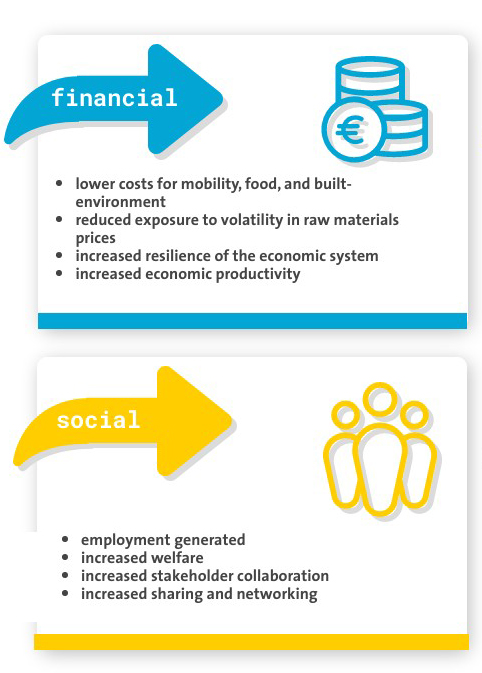
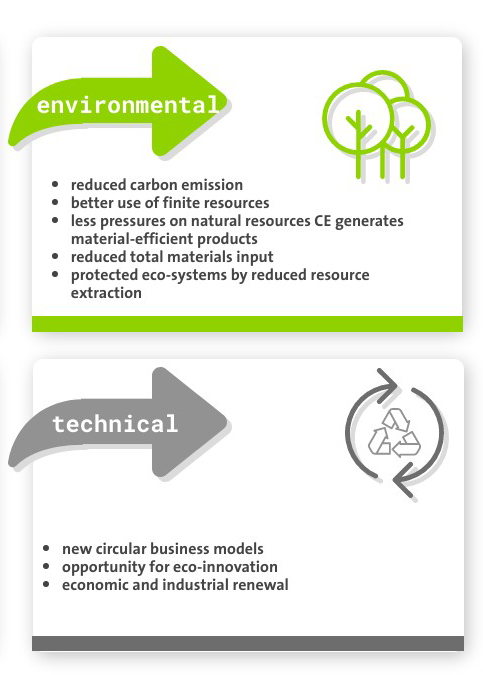
A circular economy that reduces the use af material resources may seem to threaten the economic interest of raw material exporting countries. The fact is — the world will contlnue to require raw materials. Infrastructure, buildings, and feeding a growing population, to name a few, rely on a supply of materials. The circular economy approach lowers the rate of increase, promotes the use of secondary raw materials, and minimises environmental impacts asscciated with extraction.
Credit: Text European Publication Office 2020, Creative Commons Attribution 4.0 International license.


